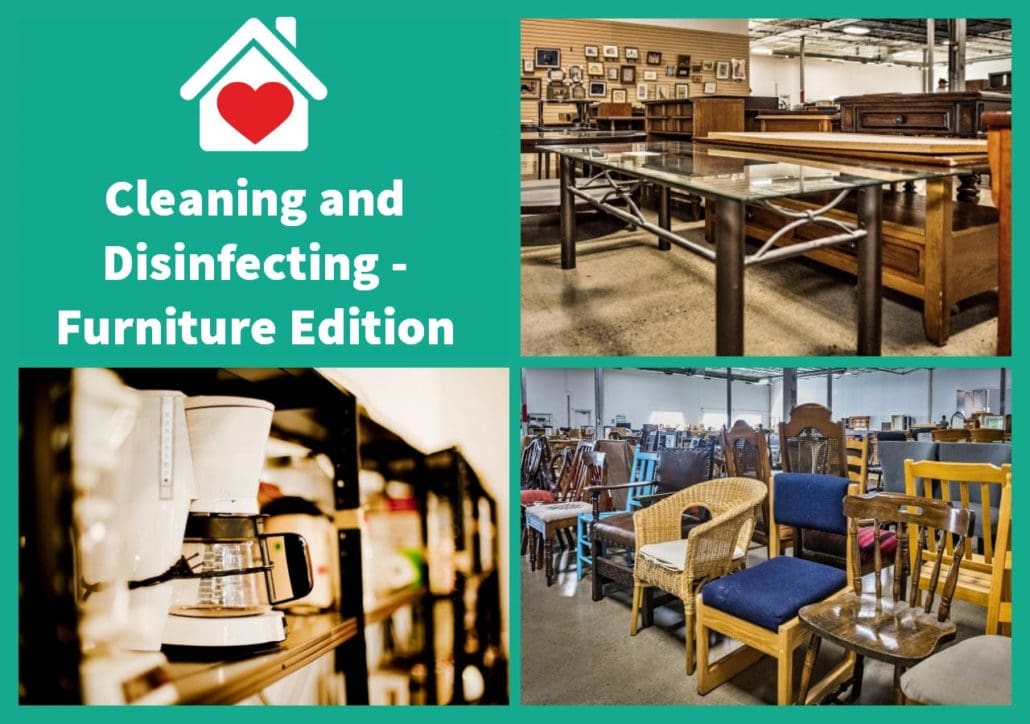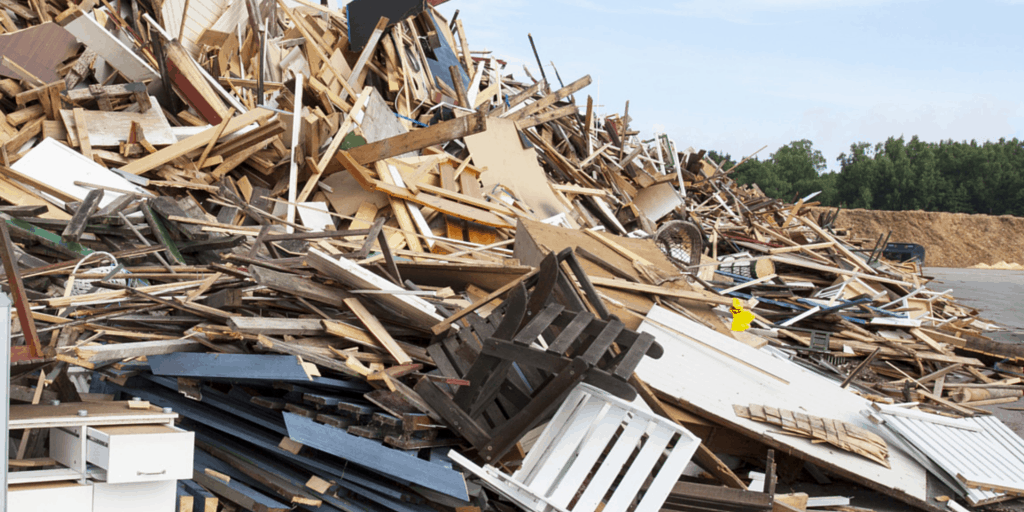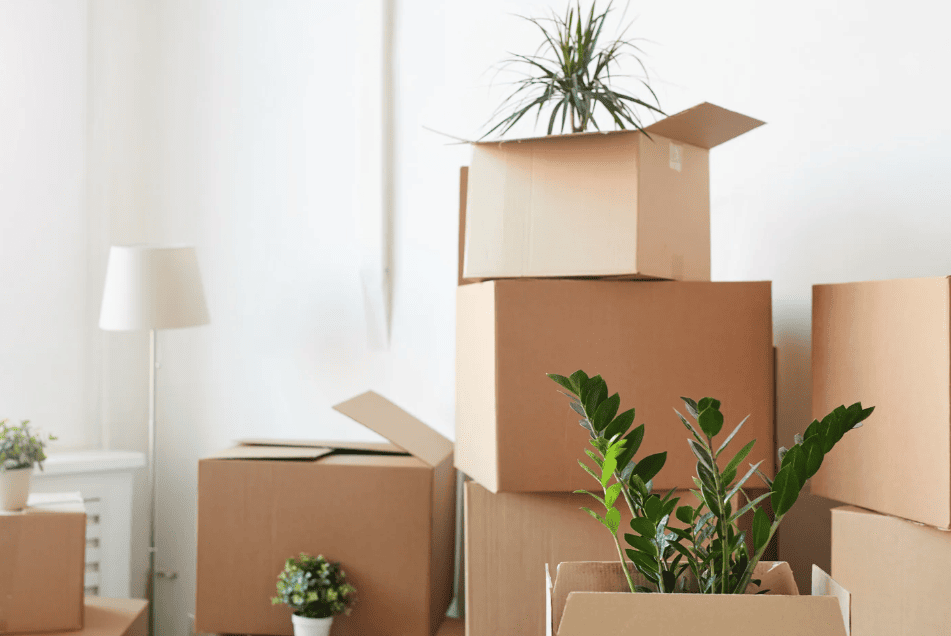Table of Contents
We recognize the nature of a traditional furniture bank service model, of collecting and redistributing home goods, means the connection point for many people throughout our community has become risky. In the midst of this dynamic public health crisis, we are committed to our responsibility to reduce the potential spread of the virus by limiting contact to support #flattenthecurve and look for physical distance based solutions for the future.
As we highlighted on March 17th, we are aligning our new operating model with the best information available and will do our best to be responsible and timely in making and communicating decisions as new facts become available. We’ve already discussed our NEW Distanced Transport model for furniture donations and now we are assessing how to properly manage safety on receipt of goods back at Furniture Bank.
This article aims to summarize the current facts that are publicly available on how to clean and disinfect donated furniture.
Note to reader
Send us your research links
After a week of searching, we have come to the conclusion, that EVERY newspaper, government, or blog article about cleaning and disinfecting has referenced a single research article about COVID-19, and another about earlier viruses and surfaces.

New England Journal of Medicine
The summary of this research is COVID-19 remains for several hours to days on surfaces and in aerosols depending on the material, a new study published in the New England Journal of Medicine. The study suggests that people may acquire the coronavirus through the air and after touching contaminated objects if time is too short between contact. Scientists discovered the virus is detectable for up to three hours in aerosols, up to four hours on copper, up to 24 hours on cardboard and up to two to three days on plastic and stainless steel. Unfortunately, COVID-19 survives reasonably well on most surfaces, so if somebody touches these and then touches their mouth or nose, there is a very real risk that they will be infected with the viruses. This is the main reason why hand washing is promoted as a precautionary measure.
The only items tested were aerosols, plastic, steel, copper and cardboard
Like radiation – viruses have half-lives! The half-life (T1/2) for COVID-19 is measured in hours. In fact, this is best thought of as ‘rate of decay’. The rate of decay is fastest on copper with a T1/2 around 1 hour, in the air as an aerosol T1/2 is also around 1 hour, cardboard is 3 and 1/2 hours, plastic and steel T1/2 is around 6 hours.
Thus, the coronavirus could be detected up to a minimum of 3 hours later in the air, up to 4 hours on copper surfaces, up to 24 hours on cardboard and up to 2-3 days on plastic and stainless steel surfaces.
Source: The Economist

Journal of Hospital Infection
The other research that can help inform how we approach cleaning and disinfecting furniture is found in a separate study by the Journal of Hospital Infection. That report charted the persistence of the SARS-CoV virus, which is similar to the current virus causing COVID-19.
Published in February, researchers looked similar coronaviruses, like SARS and MERS, for answers to this question. Reviewing the 22 previous studies on all available human and veterinary viruses within this family, researchers found that the human pathogens can persist on surfaces and remain infectious at room temperature for up to nine days. On average, researchers say this family of viruses can survive between four and five days on various materials like aluminum, wood, paper, plastic and glass before expiring.
The WHO recommends “to ensure that environmental cleaning and disinfection procedures are followed consistently and correctly. Thoroughly cleaning environmental surfaces with water and detergent and applying commonly used hospital-level disinfectants (such as sodium hypochlorite) are effective and sufficient procedures’.
Their conclusion is that if you are infected and large viral material is left on surfaces it can remain infectious on inanimate surfaces for up to 9 days. Surface disinfection with or 62–71% ethanol significantly reduces coronavirus infectivity on surfaces within 1 min exposure time. This is the only study looking at Wood which looking at SARS data suggests a 4-day lifespan. The report also studied the efficacy of different cleaners so all very helpful in informing a charity response to donated items.

The Lancet
A study published April 2 in the journal The Lancet Microbe revealed how long the COVID-19 virus lasts on various common surfaces. The authors found that the virus lasted longest — seven days — on the outer layer of surgical masks.

The researchers behind the new study tested the virus’ life span in a 71-degree-Fahrenheit room at 65% relative humidity. After three hours, the virus had disappeared from printing and tissue paper. It took two days for it to leave wood and cloth fabric. After four days, it was no longer detectable on glass or paper money. It lasted the longest, seven days, on stainless steel and plastic.
APPENDIX DOCUMENT HERE
As furniture has all of these items in their construction – fabric, leather, wood, metal, glass, plastic, stone, tile, and a dozen other materials. So how to create a safe, cost-effective, sustainable method that protects donors, staff, volunteers, and families supported through the journey of donated furniture and home goods. So we now dive a little deeper into the right donation process and best practices for cleaning these surfaces when the donations arrive.
Then focus on cleaning processes
Some general guidelines on how to get rid of the virus on surfaces? So, the first thing to say is it will depend on the surface! But before we get into the how let’s start with the what. The things we’ll be looking at keeping clean are things that other people can cough and sneeze on, or that lots of people touch. In a shared workspace this will be things like door and fridge handles, handrails, lift buttons, and switches. You get the picture.
The next question is whether things need to be cleaned or disinfected. If surfaces look visibly dirty, they should be cleaned first. Best to use a detergent that will have the added bonus of likely deactivating coronaviruses as they are enveloped viruses.
If you are using a disinfectant make sure it says it is antiviral and follow the instructions. Often, we just end up using a cloth to wipe the microbes around rather than actually letting them sit and stew in the disinfectant first so that it can do its job. Surfaces will need about 10 seconds soaking with the disinfectant for it to work.
Good disinfectants to look out for are things that contain hypochlorite (which is the main active ingredient in bleach) or activated hydrogen peroxide (0.5 percent). Others may contain benzalkonium chloride, though some studies have shown this is less effective against coronaviruses. You could also just use conventional bleach at 0.1-0.2 percent in water. Or you could just use alcohol. Ethanol is best. Isopropyl alcohol is good too. Methanol is not as good but better than nothing.
Be mindful of what kind of surface you are disinfecting though. You don’t want to damage it! Please follow any instructions, and definitely don’t mix disinfectants together as you could end up with all sorts of dangerous chemical reactions happening.
Clean
- Clean surfaces using soap and water. Practice routine cleaning of frequently touched surfaces.
- High touch surfaces include Tables, doorknobs, light switches, countertops, handles, desks, phones, keyboards, toilets, faucets, sinks, etc.
Disinfect
- Use diluted household bleach solutions if appropriate for the surface. Check to ensure the product is not past its expiration date. Unexpired household bleach will be effective against coronaviruses when properly diluted.
- Follow the manufacturer’s instructions for application and proper ventilation. Never mix household bleach with ammonia or any other cleanser.
- Household cleaners and disinfectants: Clean the area or item with soap and water or another detergent if it is dirty. Then, use a household disinfectant.
- Follow the instructions on the label to ensure safe and effective use of the product.
- Many products recommend: Keeping the surface wet for several minutes to ensure germs are killed.
- We are seeking UV cell phone cleaners for over a dozen cell phones at present. When funds and products are found these will be used daily as an added safety precaution.
- Disinfect with a government -registered household disinfectant.
Official Canadian and US Government approved COVID-19 items are found here
While we wait for a vaccine, we have ways to defeat it.
In-building cleaning & processes
Helpful tools to work with!
- We sanitize frequently touched surfaces such as door handles, light switches, press bars, water fountain, railings, frequently throughout the day.
- Tables and benches in the kitchen area are cleaned and sanitized after each use
- Air sanitizers are used frequently throughout the day in all public spaces.
- All public restrooms are cleaned daily.
- Staff working with furniture are gloved to reduce accidents.
- All Furniture Bank vehicles will be cleaned and sanitized before and after operating day, and between donor trips.
SOAP & WATER
Soap and water break the virus membrane. After about 20 seconds of contact, soap breaks apart the fragile, fatty membrane that holds the virus together. Disinfecting agents with at least 60 percent alcohol puncture and destroy the virus in a similar way.
BLEACH & WATER
5 tablespoons (1/3rd cup) bleach per gallon of water
OR
4 teaspoons bleach per quart of water
QUICK SANITIZER GEL
Mix 3 parts isopropyl alcohol to 1 part aloe vera gel.
Add a few drops of tea tree oil to give it a pleasant scent








